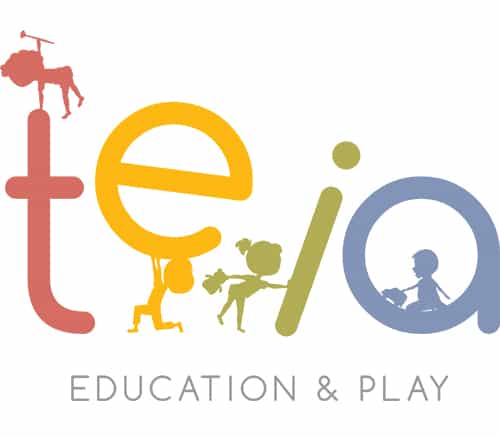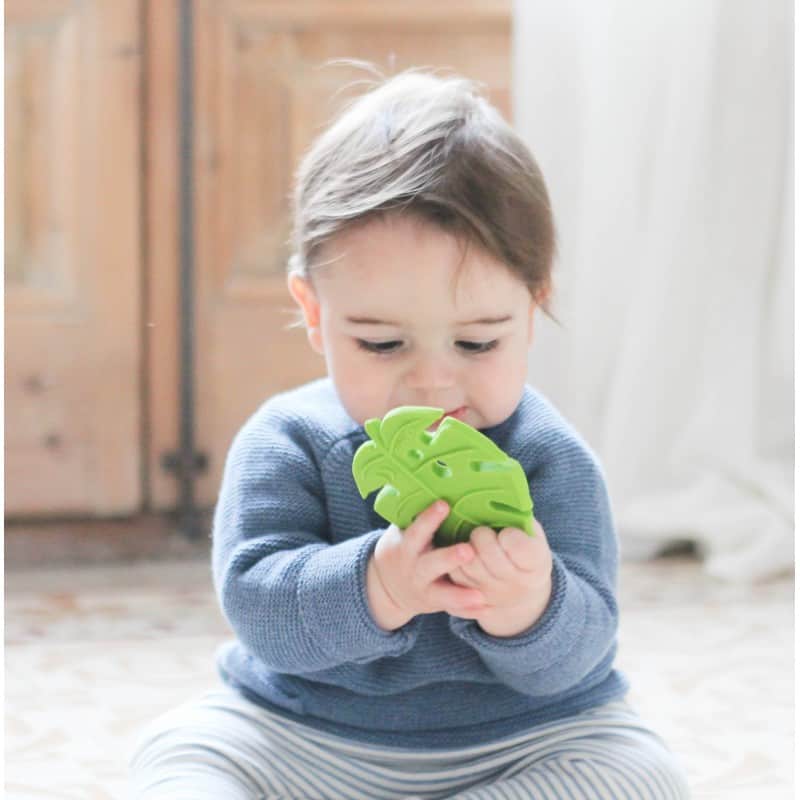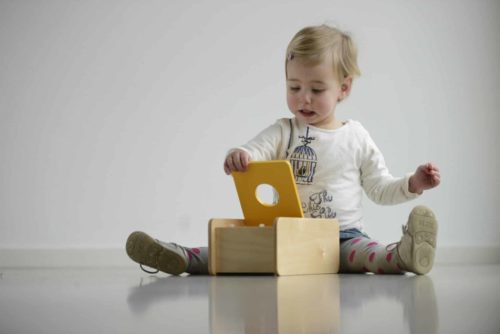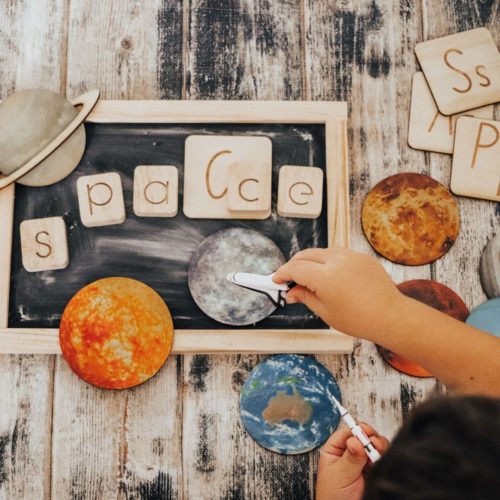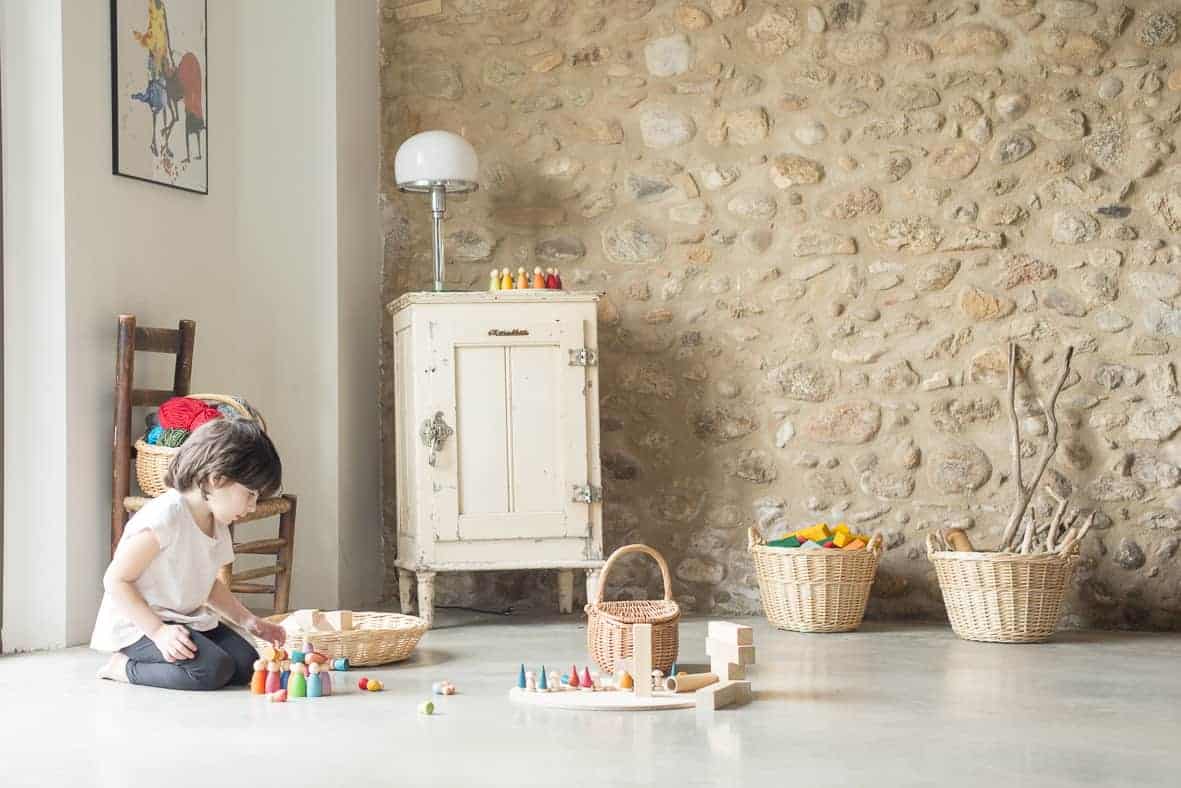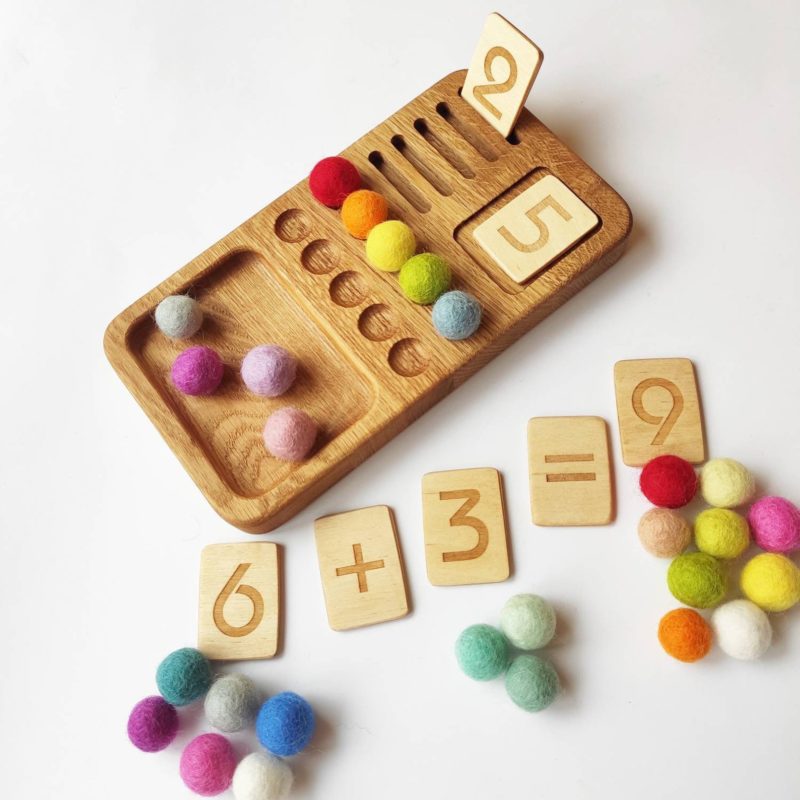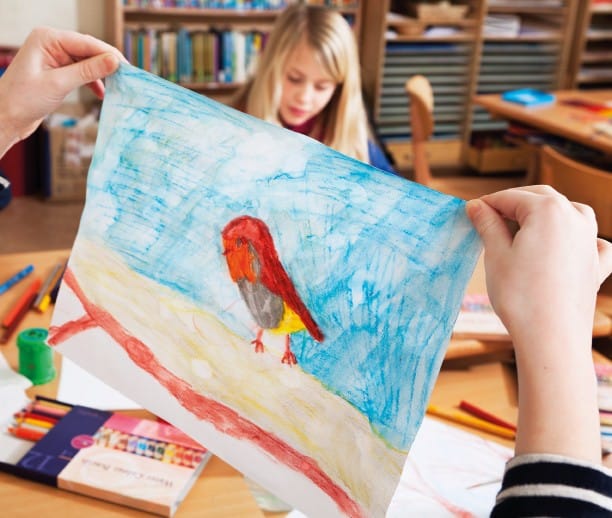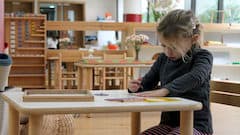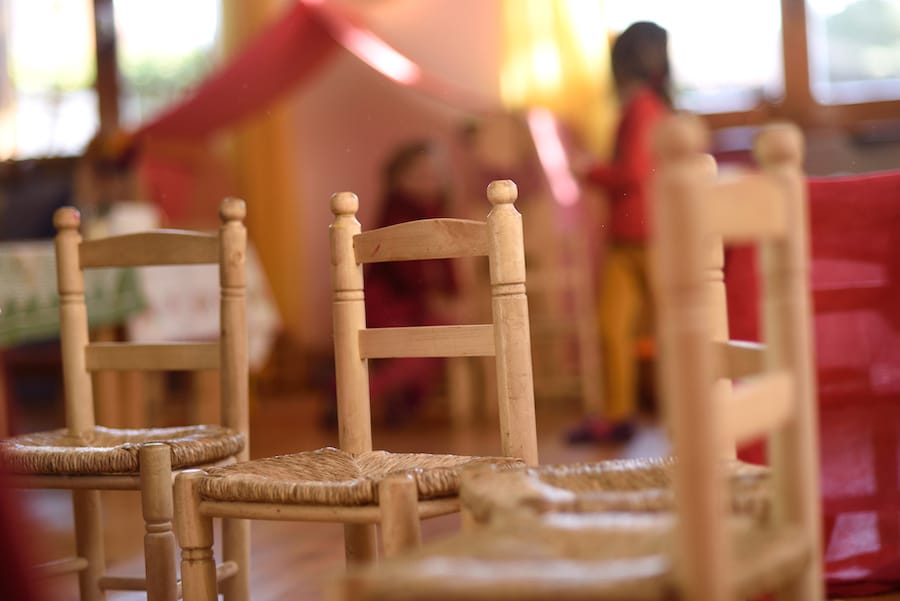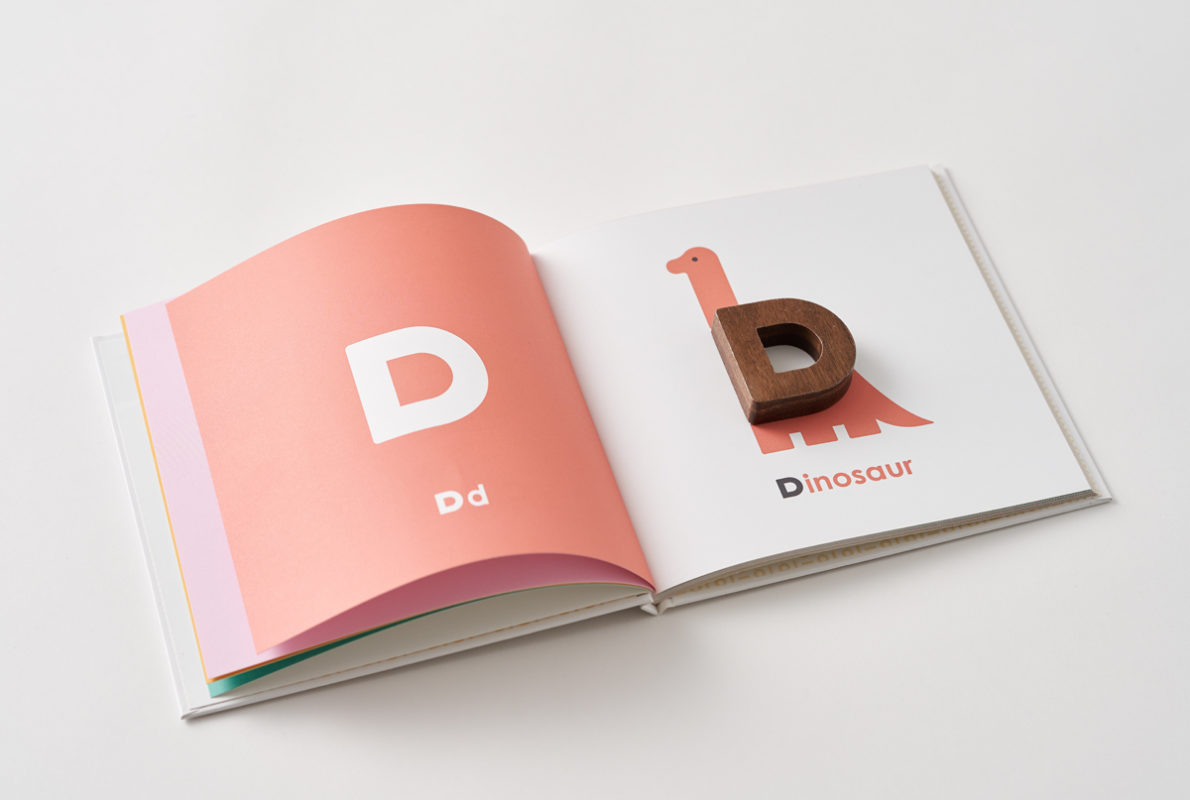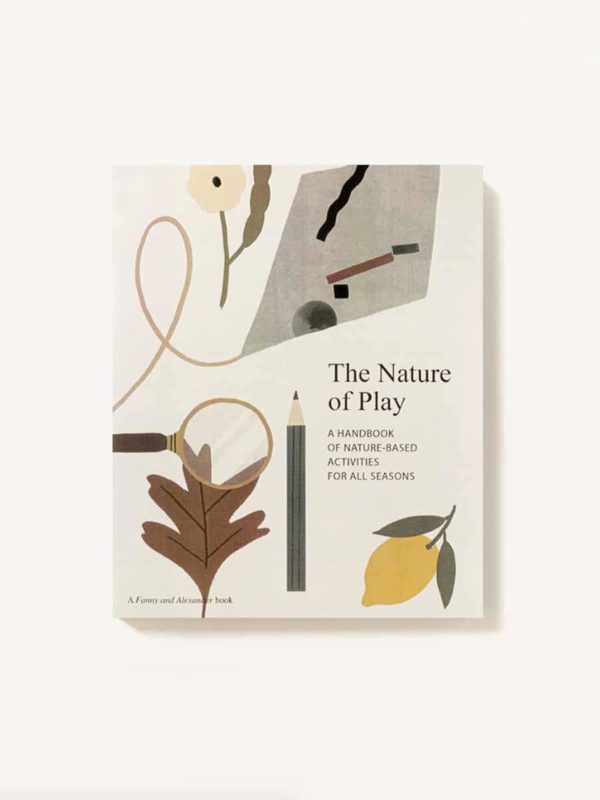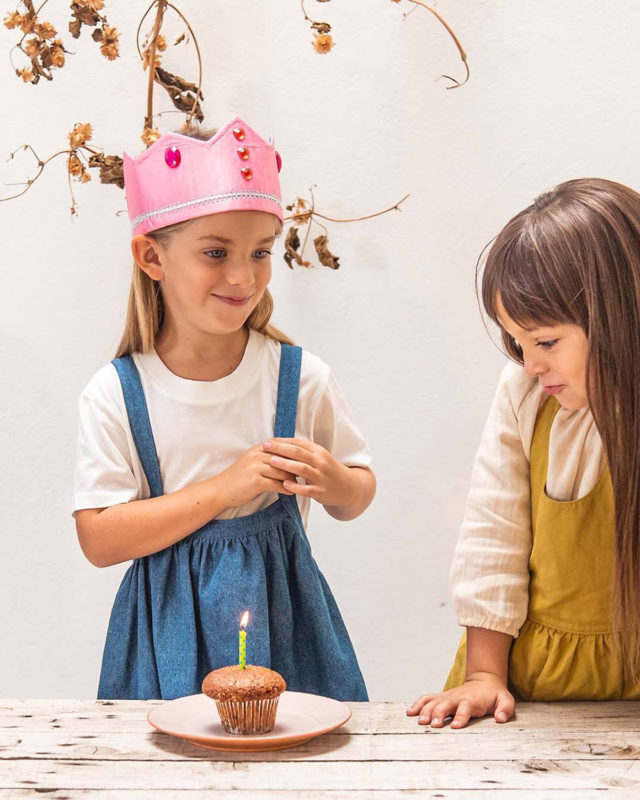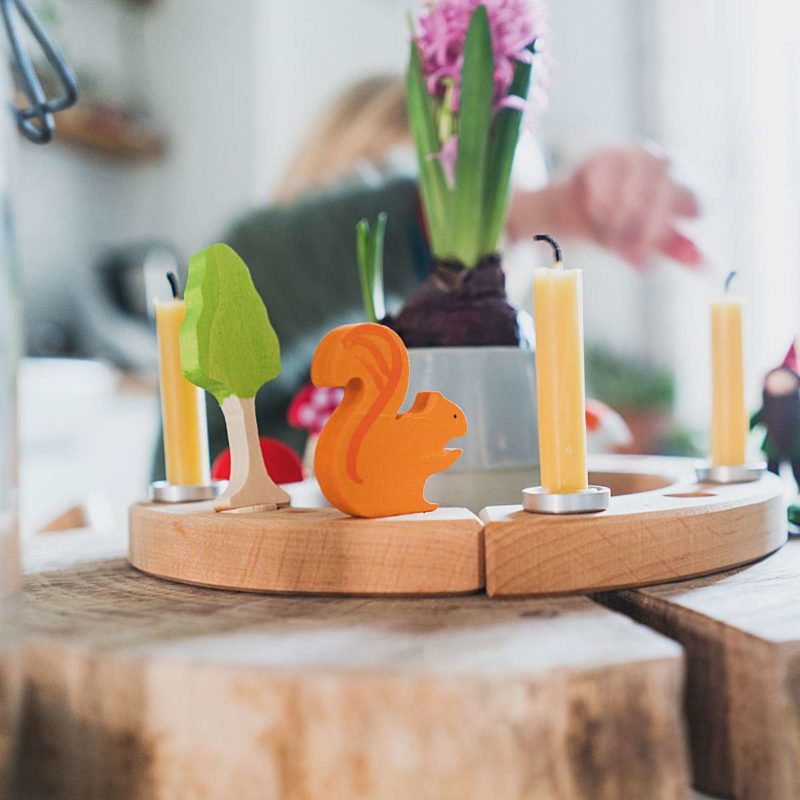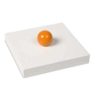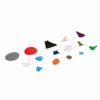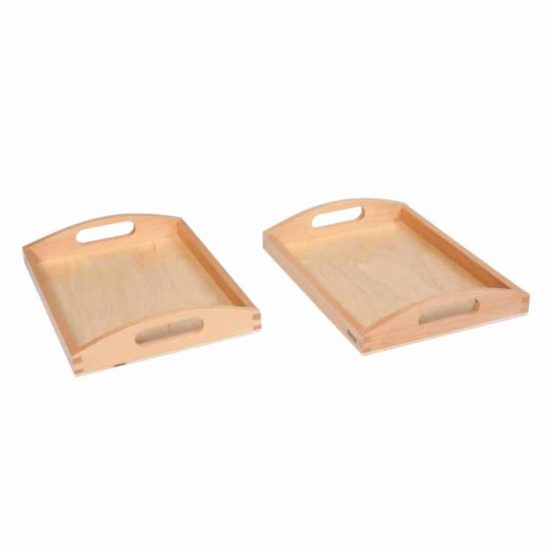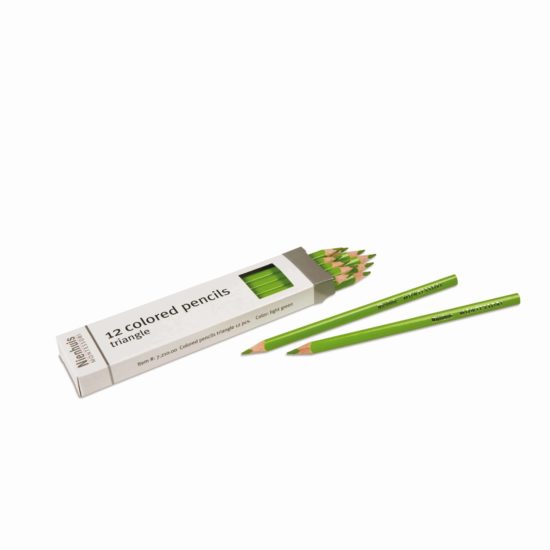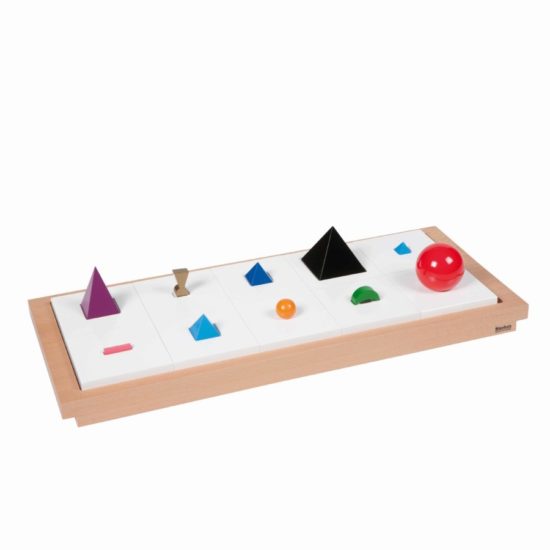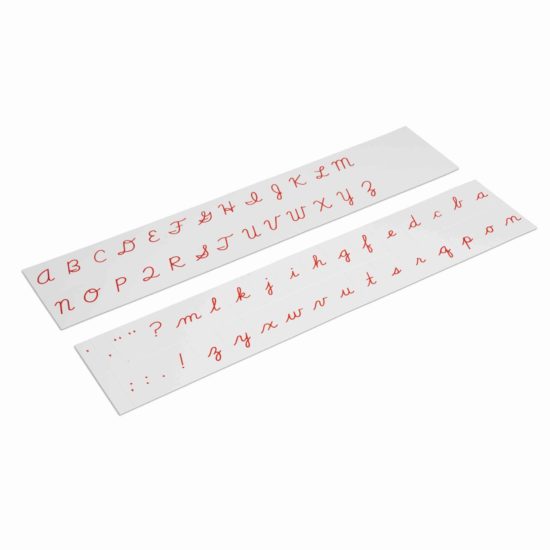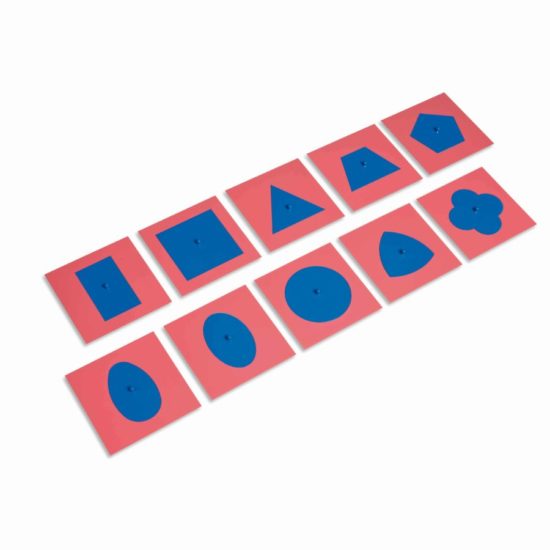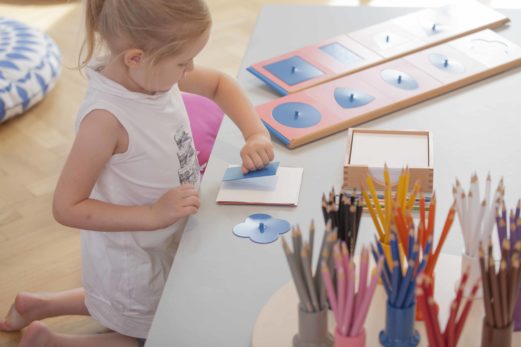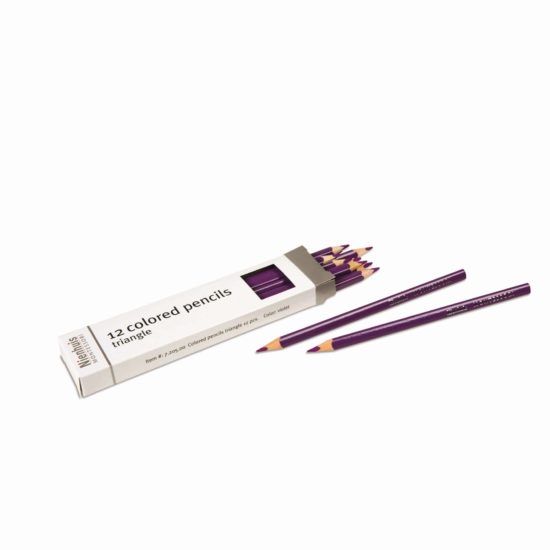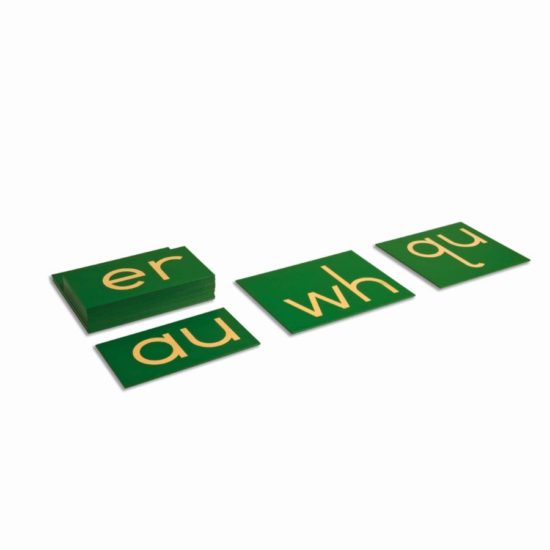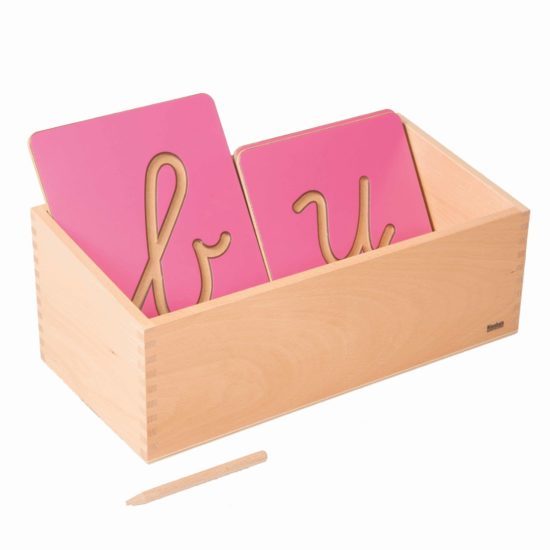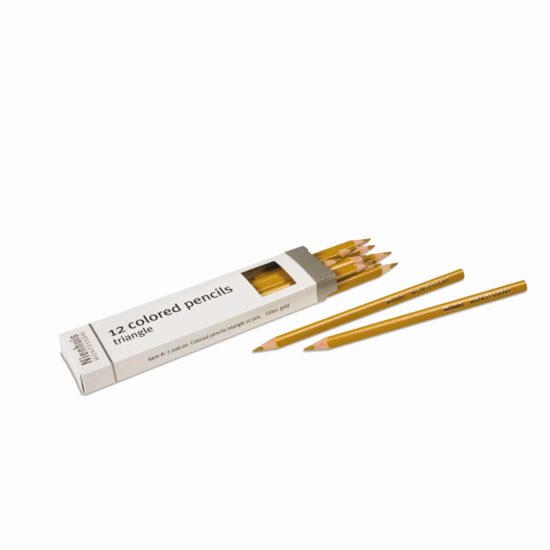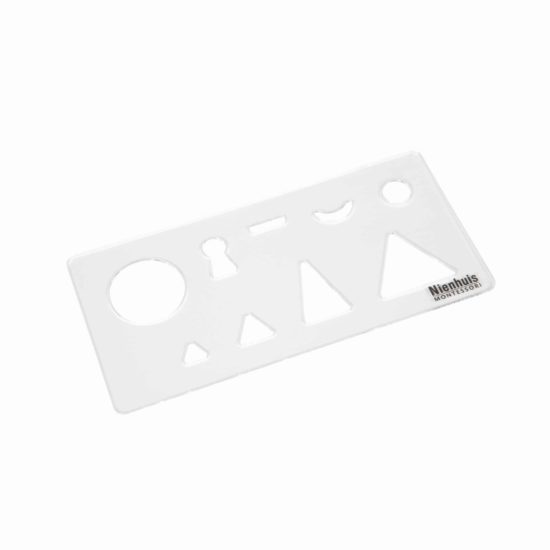Home / Shop / Our Brands / Nienhuis Montessori Switzerland / Language / Plastic grammar symbols in box – Nienhuis Montessori
The Nienhuis Montessori plastic grammar symbols in box set comprises of fifteen different symbols, each representing a specific part of speech. The grammar symbols help to sensorially reinforce each part of speech and are used to lay above sentences. The grammar symbols are made from heavy plastic and are stored in a wooden box with lid.
As children respond well to shapes and colours, the grammar symbols were introduced by Dr. Maria Montessori as a system of coloured shapes with each shape and colour having a meaning:
1. The noun is a word that names a person, place, thing, quality or act. The symbol for the noun is represented by a black triangle. The triangle has the same shape as the pyramid, and the colour black is for carbon, believed to be the first mineral discovered by humans.
2. The article is an example of the following three words used to signal the presence of a noun. The symbol for the article is the smallest triangle of the grammar symbols set, in the colour light blue. The article is part of the noun family, which all use the triangular shape, though in different colours.
3. The adjective is also part of the noun family and is a word that adds to/modifies or describes a noun. The symbol for the adjective is a small dark blue triangle.
4. The verb is a word that expresses action, existence of occurrence or simply it gives life to the sentence. The symbol for the verb is a circle, representing the shape of the sun which gives life and its red colour symbolises blood which is life.
5. The preposition is a word that shows the relationship of a noun to a verb, an adjective or another noun. The symbol for the preposition is a green crescent which symbolises a bridge.
6. The adverb is a word that describes a verb, an adjective or another adverb. The symbol for the adverb is a smaller orange coloured circle and is often pictured orbiting the verb like a planet as the adverb depends on the verb for existence.
7. The pronoun is the third symbol part of the noun family and is a word that is substituted for a noun. The symbol for the pronoun is a large purple triangle.
8. The conjunction is a word that connects other words, phrases or sentences. The symbol for the conjunction is a small pink bar which represents a link in a chain.
9. The interjection is a word, phrase or sound used as an exclamation and is capable of standing by itself in a sentence. The symbol for the interjection is a gold triangle with a circle on top. This symbol combines the symbols of the noun and the verb together as interjections function as both noun and verb in a sentence. The colour gold represents the interjection being considered as the “king of all words”.
The six attachments represent: numeral, auxiliary, abstract, participle, copula and spiritual and are added onto the basic noun, verb and infinitive symbols as needed.
The grammar symbols are generally introduced to children to work with from the age of six as by then the child has learned to read but is still interested in words, their functions as well as meanings. A focus on deeper meaning is applied with the intent of academic understanding in elementary lessons.
However, some sensorial lessons can be proposed to the child starting at the age of three (to six) in simple introductory lessons, meant to evoke imaginary or a certain sense (feeling) and not to reinforce the child to understand the concept of grammar in an academic way. This can be done with for example the Nienhuis Montessori 3D wooden grammar symbols.
This Montessori material is suitable for children aged 6 years and up.
Contents:
15 different grammar symbols in thick plastic
1 wooden storage box with lid (25 x 22 x 5cm)
About Nienhuis Montessori
Dutch brand Nienhuis Montessori is the world’s leading Montessori brand, that honours and continues the legacy of Maria Montessori, and manufactures the widest and most innovative range of original Montessori materials, furniture and related products. The high quality Nienhuis Montessori products provides children with the tools they need to become independent and critical thinkers.
All Nienhuis Montessori materials are certified by the Association Montessori Internationale (AMI) Materials Committee and are meticulously crafted to isolate difficulty so that children can focus, gain mastery, and flourish.
Nienhuis Montessori is one of the brands managed by the Dutch company Heutink International, that provides the very best global educational brands, which are geared towards learning through play.
| Weight | 0.92 kg |
|---|---|
| Dimensions | 25 × 22 × 5 cm |
The main production principles of Nienhuis Montessori are quality, safety and durability:
- Raw materials are tested according to EN71-3 safety and quality standards and ASTM (American Society of Testing Materials) of the countries they are destined.
- All lacquer and paint is controlled immediately after it has been received. Every delivery is tested by a certified testing device.
- A repeatable procedure is applied during the design of each single product, avoiding overlooking safety issues with regard to the product material, design, and technology needed.
- A physical safety test is done for the first batch of each new product. If any material is improved products are re-certified to meet all safety and quality standards.
We ship worldwide / Nous livrons dans le monde entier / Wir versenden weltweit
